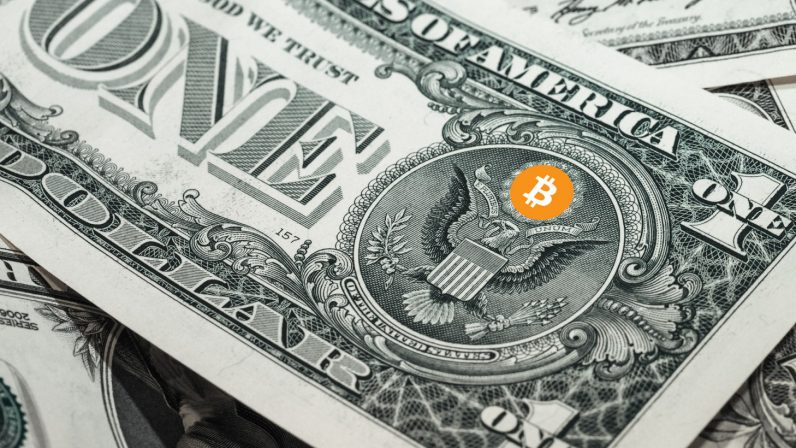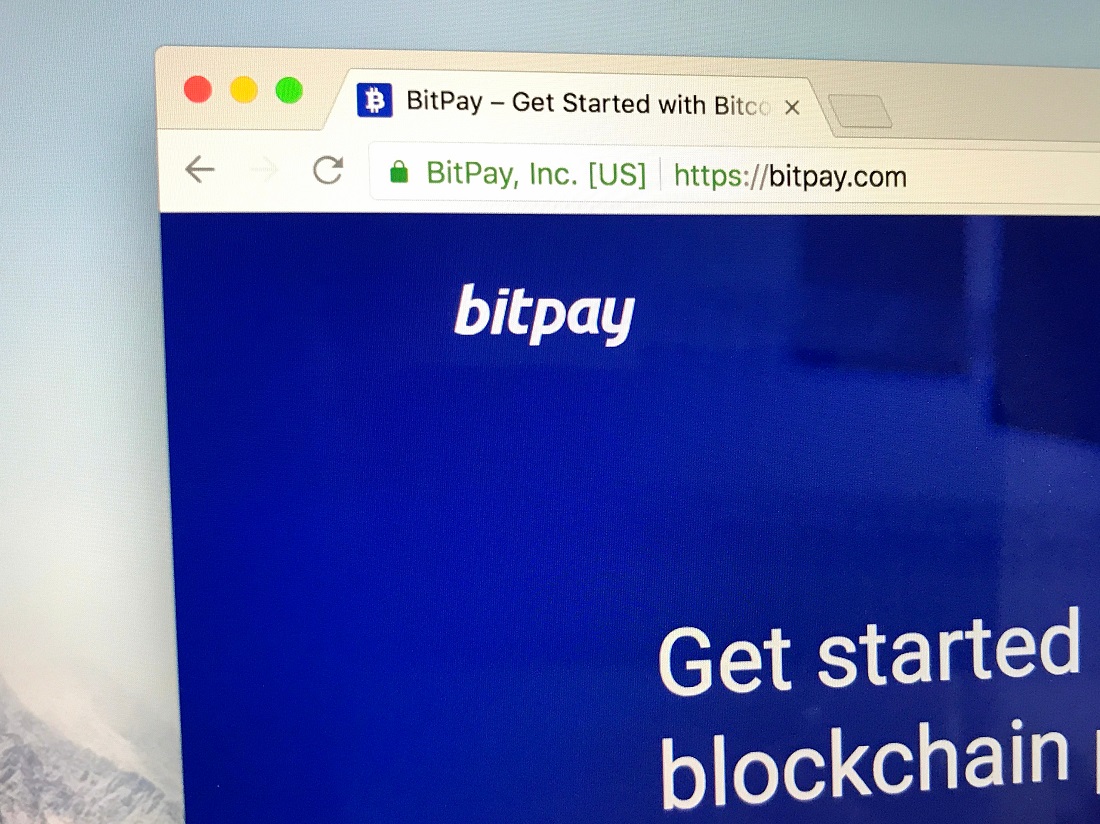2022-8-30 01:01 |
The incentive impacts that stablecoins have on Ethereum could equally arise in Bitcoin if enough value is brought into the equation.
Since the announcement of the Taro protocol by Lightning Labs, the topic of stablecoins issued directly on the Bitcoin blockchain has become the center of conversation again. In reality this is not something new. Tether, the first stablecoin, was originally issued on the Bitcoin blockchain using the Mastercoin (now called Omni) protocol that enabled the issuing of other tokens on the Bitcoin blockchain. Stablecoins literally began on the Bitcoin network, but due to the constraints of the block size limit and the fee event in 2017, they have migrated to other blockchains. It began with Ethereum, and then proliferation to more centralized and cheaper fee blockchains as time went on. Ultimately, centrally issued stablecoins are centralized, and no matter how decentralized the blockchain is that you issue them on, their value is ultimately derived from the ability to redeem them from a single centralized entity who can refuse to do so. I.e., the issuing of them on a decentralized blockchain is complete theater in the sense that it does nothing to decentralize the stablecoins themselves; the only benefit in doing so is ease of interoperability with native things on that blockchain.
I actually think that progression to other blockchains was a good thing, there is no real benefit in processing stablecoin transactions on the Bitcoin blockchain in terms of censorship resistance. The issuer can simply refuse to redeem coins involved in illicit activity, coins that were stolen, or for any arbitrary reason they have a legal basis to act on. Issuing and transacting them on Bitcoin just consumes block space that provides no real censorship resistance for stablecoins, and only provides a marginal benefit of making things like atomic swaps for Bitcoin slightly less complex.
It does however introduce new variables in the incentive structure of the Bitcoin system as a whole. There have been discussions on the influence of stablecoins on the consensus layer of the Ethereum network in relation to the coming merge and transition to proof-of-stake. Circle, the issuer of USDC, has announced that they will only be supporting USDC and honoring redemptions on the PoS network. They will ignore and refuse to honor redemption requests for USDC on any other fork of the Ethereum network post merge. This is completely rational to do — USDC is a reserve-backed stablecoin pegged to actual bank dollars held in reserve by Circle. It is completely insane and impossible to honor redemptions on more than one side of any fork, as they only have enough dollars in reserve to redeem a single set of stablecoins issued on a network. When that network forks, it does not magically double the reserve dollars like it does the USDC tokens on that network.
This dynamic however gives stablecoins issuers an outsized influence on the consensus of the network they have issued their coins on. USDC is a huge driver of utility and transaction volume for Ethereum. Every Ethereum users who transacts with USDC will have no choice after the merge and fork except to switch to that chain in order to use their UDSC, regardless of any feeling or attitudes they have regarding PoW versus PoS, or the split in general and which chain they would like to use. In order to make use of their USDC they have to interact with the PoS chain. This creates a sort of mandated demand for that token, as it is required to pay transaction fees to utilize USDC.
Stablecoins issued on Bitcoin will create the exact same dynamic. If Taro, or even the original Omni Tether token making a resurgence, leads to the widespread issuance and transaction of stablecoins on the Bitcoin blockchain, the issuers of those stablecoins have the exact same influence to throw around in the event of Bitcoin forks. If Bitcoin becomes a widely adopted platform for stablecoin issuance and use, this becomes a major driver for both demand for Bitcoin itself — as it is necessary to pay transaction fees — and miner revenue — again, because it is paying transaction fees. All of this demand for the asset, and the generation of revenue for miners, becomes held hostage to the whims of the stablecoin issuer.
In the event of a fork, all of that demand and miner revenue shifts to whichever fork the issuer decides to honor redemptions on. This can occur during a chainsplit, a hard fork, even a soft fork if the issuer decides a feature is undesirable and they engage in a fork to prevent its activation. The more of a driver stablecoins are of demand for the asset and blockspace, the more of an effect they have in such an event. If 10% of the revenue for miners is to use stablecoins, during a fork where the issuer chooses a different side than everyone else 10% of the miners hash power will have to shift to that fork to retain that income stream. If it's 40%, 40% of hashpower will have to shift.
The same is true for Lightning Node operators in terms of their fee revenue for routing. If a large portion of activity on the network is driven by people swapping BTC for stablecoins at the edges and routing dollar payments, then all of that revenue will dry up on the side of a fork stablecoin issuers do not honor redemptions for. Those node operators will have to run and operate nodes on the other fork in order to earn that revenue derived from stablecoin use.
Bitcoin is not magically immune to the issues Ethereum is having because of how dominant the use of stablecoins are on the network simply by the virtue of not having a complicated and insecure scripting system, or not having on-chain decentralized exchanges used every day. The issues Ethereum is facing in this regard are purely rooted in economic incentives, and absolutely equally applicable to the Bitcoin network.
Bitcoiners should think long and hard about whether they should encourage and utilize such systems built directly on Bitcoin, and whether the risks of such systems are worth it in the long run given how they interact with the incentives of the network. Other blockchains exist, even systems like Elements (the codebase Liquid is based on) exist that can operate quasi-centralized blockchains. Atomic swaps are not that hard. The tools exist to build systems for stablecoins that can host them externally to the Bitcoin network and allow for easy interaction with it.
Do we really want to introduce a massive new centrally controlled variable to the incentives of the entire network just because atomic swaps on one blockchain are slightly easier than atomic swaps across two blockchains? I can only speak for myself, but I don't.
This is a guest post by Shinobi. Opinions expressed are entirely their own and do not necessarily reflect those of BTC Inc or Bitcoin Magazine.
Similar to Notcoin - TapSwap on Solana Airdrops In 2024
Bitcoin (BTC) на Currencies.ru
|
|


























